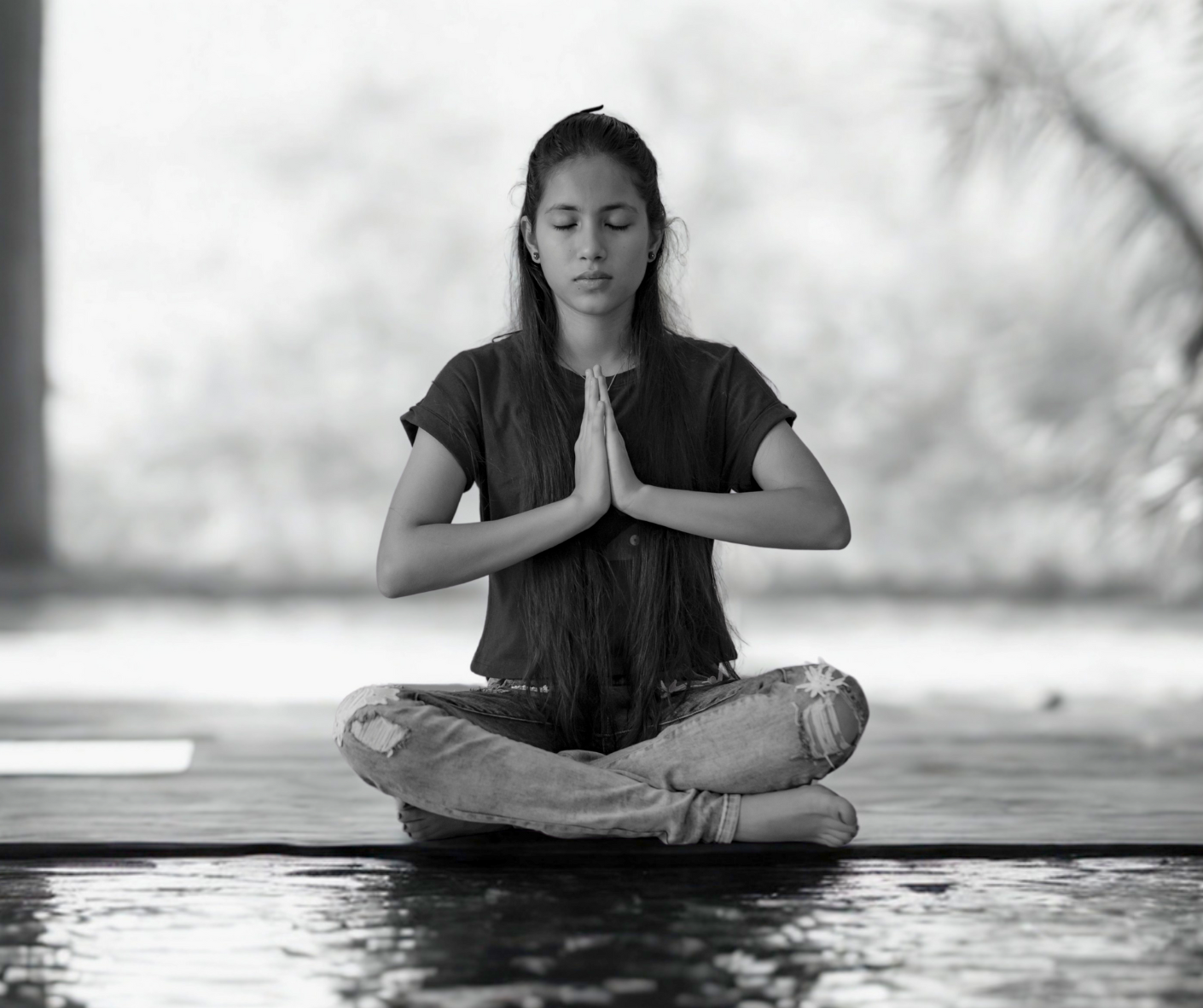The Case for a Secular, Science‑Backed Meditation
In the world of meditation, practices often hide behind layers of ritual, lineage, and language—visible only to those who pledge themselves to esoteric traditions.
Yet beneath this aura of secrecy lies a simple truth:
The benefits of meditation arise from fundamental, measurable interactions among brain rhythms, autonomic tone, and breath mechanics.
Over the past several months I have immersed myself in dozens of approaches—ancient pranāyāma, Zen sitting, secular mindfulness apps—tracking heart‑rate variability, resting pulse, and personal well‑being.
What emerged is a universal framework that anyone can adopt, regardless of background or belief, free from mysticism or initiation rites.

The Problem with Mystical Elitism
Many classical systems—from the guarded transmissions of Kriya Yoga to cloistered Zen lineages—require elaborate initiation ceremonies and unspoken vows.
By restricting teachings, these lineages protect students from potential misuse, but they also erect high cultural and social barriers.
For a newcomer without the right teacher or the right community, meditation can feel like a secret handshake society—alienating rather than empowering.
When practices demand faith in untestable doctrines, we risk sidelining people who would benefit most from simple, evidence‑based mind‑body tools.
Why a Science‑Informed Path Matters
Imagine a meditation method taught in plain language, justified with peer‑reviewed research, and validated by your own wearable device.
That’s the promise of a science‑backed system.
As Michael Shermer reminds us, “Science is not only compatible with spirituality; it is a profound source of spirituality.”
By anchoring every technique in the physiology of breath, the neurodynamics of attention, and the metrics of cardiovascular resilience, we meet practitioners where they are—hungry for real, reproducible improvements in stress resilience and mental clarity.
Four Pillars of a Universal Practice
Drawing on my personal experiments—and guided by the latest research—I distilled four foundational pillars:
1. Phonemic Breath Anchoring
By listening for natural phonemes made by the inhalation and exhalation of the breath, you create a sensory beacon that calms the default‑mode network and boosts alpha‑wave synchronization. This anchor replaces opaque mantras with an intuitive, self‑generated sound that anyone can follow.
2. Coherent Diaphragmatic Pacing
Breathing at a rate of roughly six cycles per minute (five‑second inhale, five‑second exhale) maximizes heart‑rate variability—a clinically recognized marker of autonomic flexibility and stress resilience. Deep belly breaths engage the diaphragm fully, sending clear parasympathetic signals via the vagus nerve.
3. Harmonic Vocalization
A soft humming noise during the breathe‑hold intensifies vagal activation through vocal‑fold mechanoreceptors, creating an internal vibration that deepens calm. This step leverages Polyvagal pathways without invoking any particular cultural or religious chant.
4. Interoceptive Feedback
Placing warm palms on your belly or chest magnifies your awareness of subtle bodily sensations, engaging the insula—the brain’s hub for interoception. Heightened interoceptive clarity underpins emotional regulation and anchors attention in the living body.
Lessons from My Practice
Through hundreds of solo sessions, these pillars coalesced into a robust, repeatable blueprint:
- Simplicity Drives Adoption: Even newcomers grasp phonemic anchoring within minutes, without needing Sanskrit or lineage credentials.
- Consistent Short Practices Trump Occasional Marathons: Five‑minute daily sessions yielded more sustained heart‑rate variability gains than sporadic hour‑long retreats.
- Embodiment Enhances Impact: The addition of humming and hand‑on‑belly cues elevated the felt sense of calm and accelerated physiological benefits.
I tracked my HRV, resting heart rate (down from an average of 85 bpm to 66 bpm over four weeks), and blood‑oxygen levels (steady at 98–99%)—all without any external guidance or structured program, only these four steps. The data affirmed what my mind felt: a tangible shift toward resilience and clarity.
Toward an Inclusive Meditation Movement
This approach sidesteps mysticism and elitism, offering an open, transparent path to anyone curious about meditation’s power. Think of it as open-source meditation for your brain and body.
In the future, I will share how to layer on progressive breath holds, body‑breath scanning, and even the ultimate non‑dual inductions—all anchored in the same scientific ethos.
For now, these four pillars provide a clear invitation: breathe, sound, feel, and discover the profound harmony already within your own nervous system.